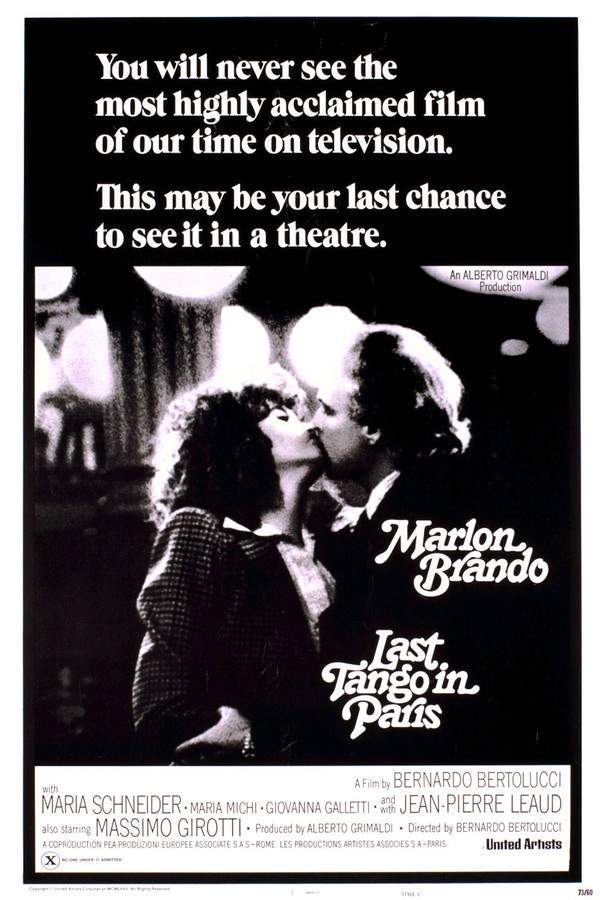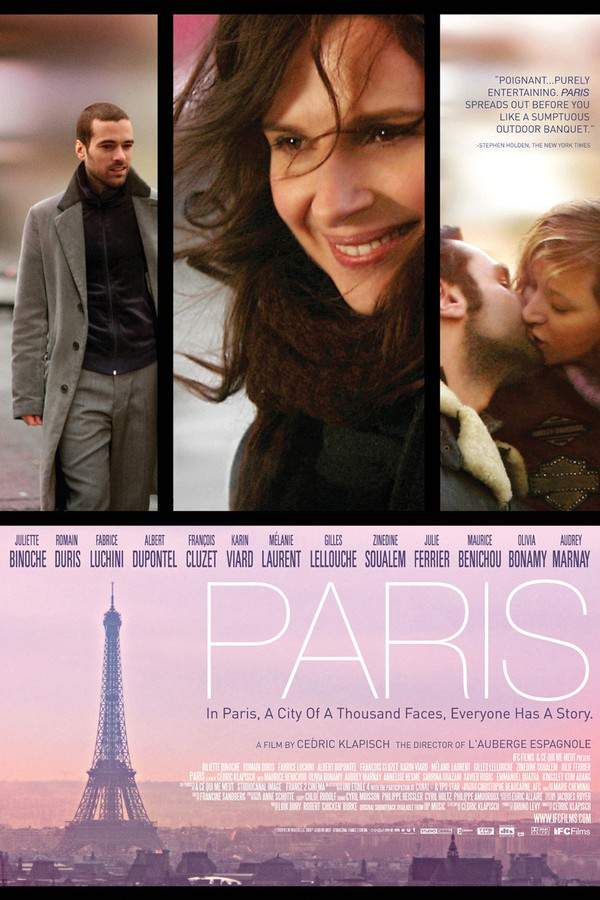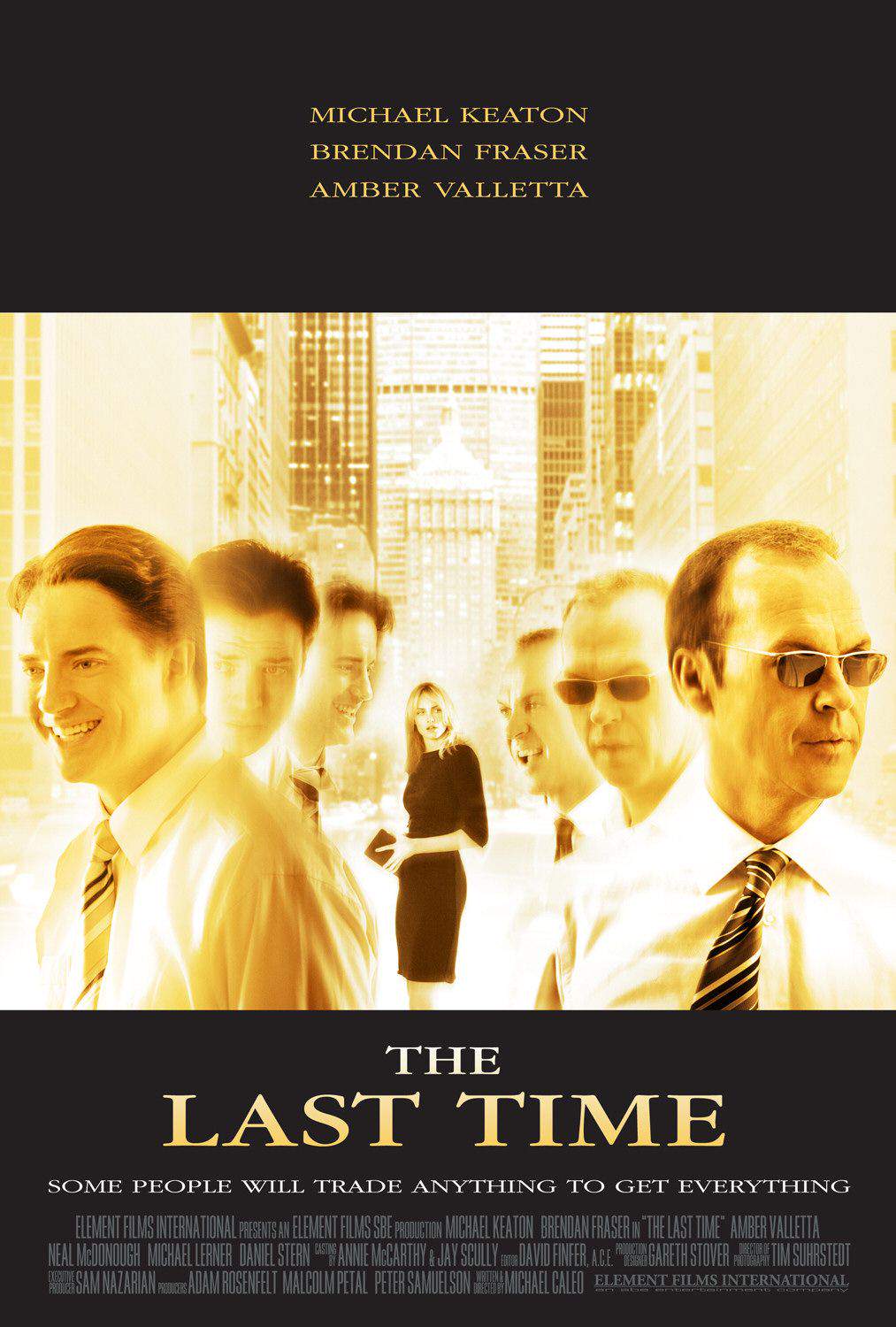
The Last Time I Saw Paris
Year: 1954
Runtime: 116 mins
Language: English
Director: Richard Brooks
Reporter Charles Wills lands in Paris at war’s end, meets the magnetic Helen Ellswirth after a brief flirt with her sister Marion, and soon marries her. He balances his novelist aspirations with a grind at a newspaper wire service. An inheritance makes them rich, but the sudden shift strains their marriage, ending in a tragedy that changes everything.
Warning: spoilers below!
Haven’t seen The Last Time I Saw Paris yet? This summary contains major spoilers. Bookmark the page, watch the movie, and come back for the full breakdown. If you're ready, scroll on and relive the story!
The Last Time I Saw Paris (1954) – Full Plot Summary & Ending Explained
Read the complete plot breakdown of The Last Time I Saw Paris (1954), including all key story events, major twists, and the ending explained in detail. Discover what really happened—and what it all means.
At the end of World War II in Europe, Charles Wills, a Stars and Stripes journalist, walks the jubilant streets of Paris as the city bursts with relief and celebration. In the midst of the crowds, a stunning woman suddenly grabs him, kisses him, and melts back into the sea of revelers. He trails the moment to Café Dhingo, where he is swept into the orbit of Marion Ellswirth, who invites him to join the Ellswirth family’s postwar festivities. What begins as a chance encounter becomes a world where charm, risk, and longing intertwine, pulling Charles into a circle defined by wealth, prestige, and a past that will not stay buried.
As Charles moves through the Ellswirth household, he discovers that the kiss belonged to Helen Ellswirth, Marion’s younger sister, but the person who truly shapes his fate is the girls’ father, James Ellswirth. James has survived the Great War and, having joined the Lost Generation ethos, has raised his daughters to seek a life of luxury and freedom—even when their finances are precarious. Helen and Marion carry these ambitions in different ways: Helen leverages her beauty to secure the high life, while Marion looks for a partner who is steady, conventional, and serious-minded. The two sisters, each driven by their own dreams, set up a web of choices that will soon pull Charles into a spiral of ambition, love, and consequence.
Charles and Helen begin dating, their bond deepening into marriage, and they settle in Paris as friends and family watch with wary hope. Helen gives birth to a daughter named Vickie, cementing a future shaped by both affection and obligation. Marion, meanwhile, marries Claude Matine, an aspiring prosecutor who represents the practical path Marion believes Charles should follow. Charles’s life, in contrast, remains tethered to a stubborn dream of becoming a novelist, a dream that proves harder to sustain with a modest salary and a stack of rejected manuscripts. The story widens as James’s past investments come to fruition, and the family’s fortunes begin to shift in ways that blur the lines between generosity and improvisation.
A sudden—yet pivotal—turn of fortune arrives when the barren Texas oil fields that James had bought years earlier finally start producing. James grants these fields to Charles as a dowry, enabling him to walk away from a day job and to see the world through the lens of a writer’s ambitions. Helen and James respond to this windfall by hosting lavish parties, while Charles drinks a little more freely and pursues new diversions. Helen’s refinement gives way to a more self-indulgent lifestyle, and Charles, too, begins chasing glittering distractions. The couple starts pursuing other interests: Helen flirts with a handsome tennis player, while Charles enters a Monte Carlo-to-Paris race, chasing adrenaline as much as achievement. After the race, Charles returns to Paris to find Helen in Café Dhingo with Paul, sparking a confrontation that tests their bond to its breaking point.
The clash drives a brutal moment of consequence. Charles confronts the reality of his marriage, locks the apartment door, and, when Helen returns home unable to enter, she trudges through snow to her sister’s house. There, she collapses in pneumonia and dies, leaving Marion to navigate the shattered aftermath. Marion is awarded full custody of Vickie, and Charles returns to America, carrying the weight of his choices and the memory of Helen. Years pass; Charles has published a book and reduced his drinking, but the past remains, gnawing at the edges of his present. He returns to Paris in a final bid to win joint custody of Vickie, only to be met with Marion’s steadfast refusal and a renewed sense that the pain of the past cannot simply be left behind. Claude’s quiet warning—that Marion may be punishing Charles for failing to recognize Marion’s love and for Helen’s death—sits heavy in the air.
In the end, Marion revisits Café Dhingo, and Charles stands before a large painting of Helen, the image both haunting and companionable. Marion gently suggests that Helen would not have wanted Charles to be alone, offering a sense of reconciliation without erasing the scars. As the scene closes, the door to the coffeehouse opens and, outside, Claude Matine stands with Vickie, who races toward Charles with the certainty of a child’s honest affection. The moment lands with a quiet, aching hope: the past has shaped them all, but loyalty, memory, and the pull of family—embodied in Vickie’s about-face run—keep pulling the story forward toward an uncertain, if tender, future.
Last Updated: October 05, 2025 at 12:43
Unlock the Full Story of The Last Time I Saw Paris
Don't stop at just watching — explore The Last Time I Saw Paris in full detail. From the complete plot summary and scene-by-scene timeline to character breakdowns, thematic analysis, and a deep dive into the ending — every page helps you truly understand what The Last Time I Saw Paris is all about. Plus, discover what's next after the movie.
The Last Time I Saw Paris Timeline
Track the full timeline of The Last Time I Saw Paris with every major event arranged chronologically. Perfect for decoding non-linear storytelling, flashbacks, or parallel narratives with a clear scene-by-scene breakdown.

Similar Movies to The Last Time I Saw Paris
Discover movies like The Last Time I Saw Paris that share similar genres, themes, and storytelling elements. Whether you’re drawn to the atmosphere, character arcs, or plot structure, these curated recommendations will help you explore more films you’ll love.
Explore More About Movie The Last Time I Saw Paris
The Last Time I Saw Paris (1954) Scene-by-Scene Movie Timeline
The Last Time I Saw Paris (1954) Movie Characters, Themes & Settings
The Last Time I Saw Paris (1954) Spoiler-Free Summary & Key Flow
Movies Like The Last Time I Saw Paris – Similar Titles You’ll Enjoy
Last Tango in Paris (1973) Detailed Story Recap
Paris (2009) Spoiler-Packed Plot Recap
Last Night (2011) Ending Explained & Film Insights
The Last Time (2007) Detailed Story Recap
Last Affair (1983) Detailed Story Recap
The Last Letter from Your Lover (2021) Plot Summary & Ending Explained
Their Last Night (1953) Ending Explained & Film Insights
Paris Interlude (1934) Plot Summary & Ending Explained
The Last Steps (1964) Plot Summary & Ending Explained
The Last Turning (1939) Full Movie Breakdown
The Last Word (2008) Full Summary & Key Details
A Woman of Paris: A Drama of Fate (1923) Ending Explained & Film Insights
The Last Good Time (1994) Ending Explained & Film Insights
The Last Flight (1931) Detailed Story Recap
The End of the Affair (1955) Complete Plot Breakdown

















